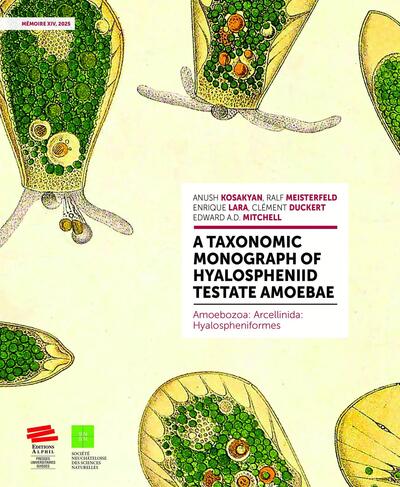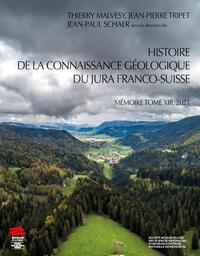Nous utilisons des cookies pour améliorer votre expérience. Pour nous conformer à la nouvelle directive sur la vie privée, nous devons demander votre consentement à l’utilisation de ces cookies. En savoir plus.
A TAXONOMIC MONOGRAPH OF HYALOSPHENIID TESTATE AMOEBAE - AMOEBOZOA: ARCELLINIDA: HYALOSPHENIFORMES
Alphil - EAN : 9782889304288
Édition papier
EAN : 9782889304288
Paru le : 20 mars 2025
37,00 €
35,07 €
Disponible
Pour connaître votre prix et commander, identifiez-vous
Notre engagement qualité
-
 Livraison gratuite
Livraison gratuite
en France sans minimum
de commande -
 Manquants maintenus
Manquants maintenus
en commande
automatiquement -
 Un interlocuteur
Un interlocuteur
unique pour toutes
vos commandes -
 Toutes les licences
Toutes les licences
numériques du marché
au tarif éditeur -
 Assistance téléphonique
Assistance téléphonique
personalisée sur le
numérique -
 Service client
Service client
Du Lundi au vendredi
de 9h à 18h
- EAN13 : 9782889304288
- Réf. éditeur : 392152
- Collection : MEMOIRES DE LA
- Editeur : Alphil
- Date Parution : 20 mars 2025
- Disponibilite : Disponible
- Barème de remise : NS
- Format : 1.70 x 18.50 x 22.50 cm
- Poids : 594gr
- Interdit de retour : Retour interdit
- Résumé : Since Georges Deflandre published his monograph on the genus Nebela in 1936 no systematic revision of this beautiful group of testate amoebae had been done. In the meantime, the genus was split, and many new species were described. A taxonomic revision was clearly overdue. In this monograph, we present a taxonomic revision of the sub-order Hyalospheniformes (Amoebozoa, Arcellinida), which includes a single family, the Hyalospheniidae. A total of 14 genera, and 97 species are presented in detail. The monograph includes taxonomic keys; taxon descriptions; ecological, geographical, and taxonomical notes; annotated lists of dubious and incertae sedis species; a list of synonymous names; notes on molecular data; and light and scanning electron microscopic pictures; and/or original line drawings for each species. This book is designed to benefit protistologists in general, and particularly ecologists and palaeoecologists, by assisting with the ease and accuracy of identification of hyalospheniid testate amoeba species, many of which are useful bioindicators. We also hope that this book will serve as a useful basis for future work regarding the taxonomy, biogeography, and ecology of these beautiful organisms. Joseph Leidy famously once wrote “How can life be tiresome sol long as there is still a new rhizopod undescribed?” There is no shortage of new Hyalospheniformes awaiting to being described. We hope this book will make the life of passionate taxonomists easier!



